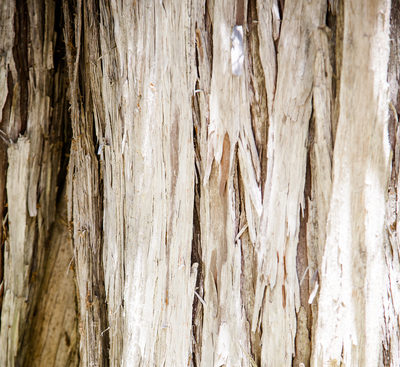Common uses and applications
Yellow cedar has exceptional longevity and is very durable. It is an excellent choice for shingles, posts, poles, marine pilings, small boat hulls, oars and paddles, water and chemical tanks, exterior doors and window boxes. Structural grades are commonly used for exterior applications such as bridges, decking and stairs and for landscaping. It is sometimes used in specialty construction projects such as temples and shrines.
Yellow cedar is well suited for flooring and bridge decking because of its strength, hardness and wearing properties. It resists corrosion and the elements so it is ideal for industrial uses like flumes, chemical containers, horse stables, floors or outdoor seating in sports facilities. It is used extensively for boat building, sauna manufacturing, fine cabinetry and interior and exterior millwork.
Indigenous Peoples use almost every part of a cedar tree. Roots are dried and braided to make hats and baskets. Withes are strong, lightweight and naturally grow in long strands, so they are suitable for ropes and lashing. Bark is dyed and processes into thread for mats, clothing, blankets and hats. Bark is also used for ropes, baskets and fishing nets. Inner bark is soft, so it has been used for baby diapers, bedding, sanitary napkins and towels. Dried bark is an excellent tinder for matches and torches. Cedar wood is used for totem poles, masks and longhouses, as well as canoes, paddles, hooks, spears and fishing floats. Fish are preserved in cedar smokehouses or dried on cedar racks.
Yellow cedar is also used by Indigenous people to make bentwood boxes to store food or other goods. The boxes are made from a single cedar plank which is steamed until pliable and then bent. The two sides are pegged together. The boxes are decorated with paint or carvings.
Photo credit: KK Law






